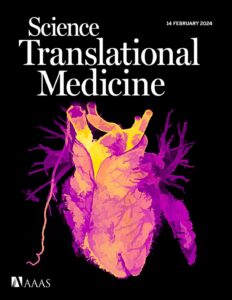 Kimberly K. Lamberti, Steven P. Keller, Elazer R. Edelman. Dynamic load modulation predicts right heart tolerance of left ventricular cardiovascular assist in a porcine model of cardiogenic shock.
Kimberly K. Lamberti, Steven P. Keller, Elazer R. Edelman. Dynamic load modulation predicts right heart tolerance of left ventricular cardiovascular assist in a porcine model of cardiogenic shock.
Ventricular assist devices (VADs) offer mechanical support for patients with cardiogenic shock by unloading the impaired ventricle and increasing cardiac outflow and subsequent tissue perfusion. Their ability to adjust ventricular assistance allows for rapid and safe dynamic changes in cardiac load, which can be used with direct measures of chamber pressures to quantify cardiac pathophysiologic state, predict response to interventions, and unmask vulnerabilities such as limitations of left-sided support efficacy due to intolerance of the right heart.
We defined hemodynamic metrics in five pigs with dynamic peripheral transvalvular VAD (pVAD) support to the left ventricle. Metrics were obtained across a spectrum of disease states, including left ventricular ischemia induced by titrated microembolization of a coronary artery and right ventricular strain induced by titrated microemboliza- tion of the pulmonary arteries. A sweep of different pVAD speeds confirmed mechanisms of right heart decompensation after left-sided support and revealed intolerance. In contrast to the systemic circulation, pulmonary vascular compliance dominated in the right heart and defined the ability of the right heart to adapt to left-sided pVAD unloading. We developed a clinically accessible metric to measure pulmonary vascular compliance at differ- ent pVAD speeds that could predict right heart efficiency and tolerance to left-sided pVAD support.
Findings in swine were validated with retrospective hemodynamic data from eight patients on pVAD support. This methodology and metric could be used to track right heart tolerance, predict decompensation before right heart failure, and guide titration of device speed and the need for biventricular support.

